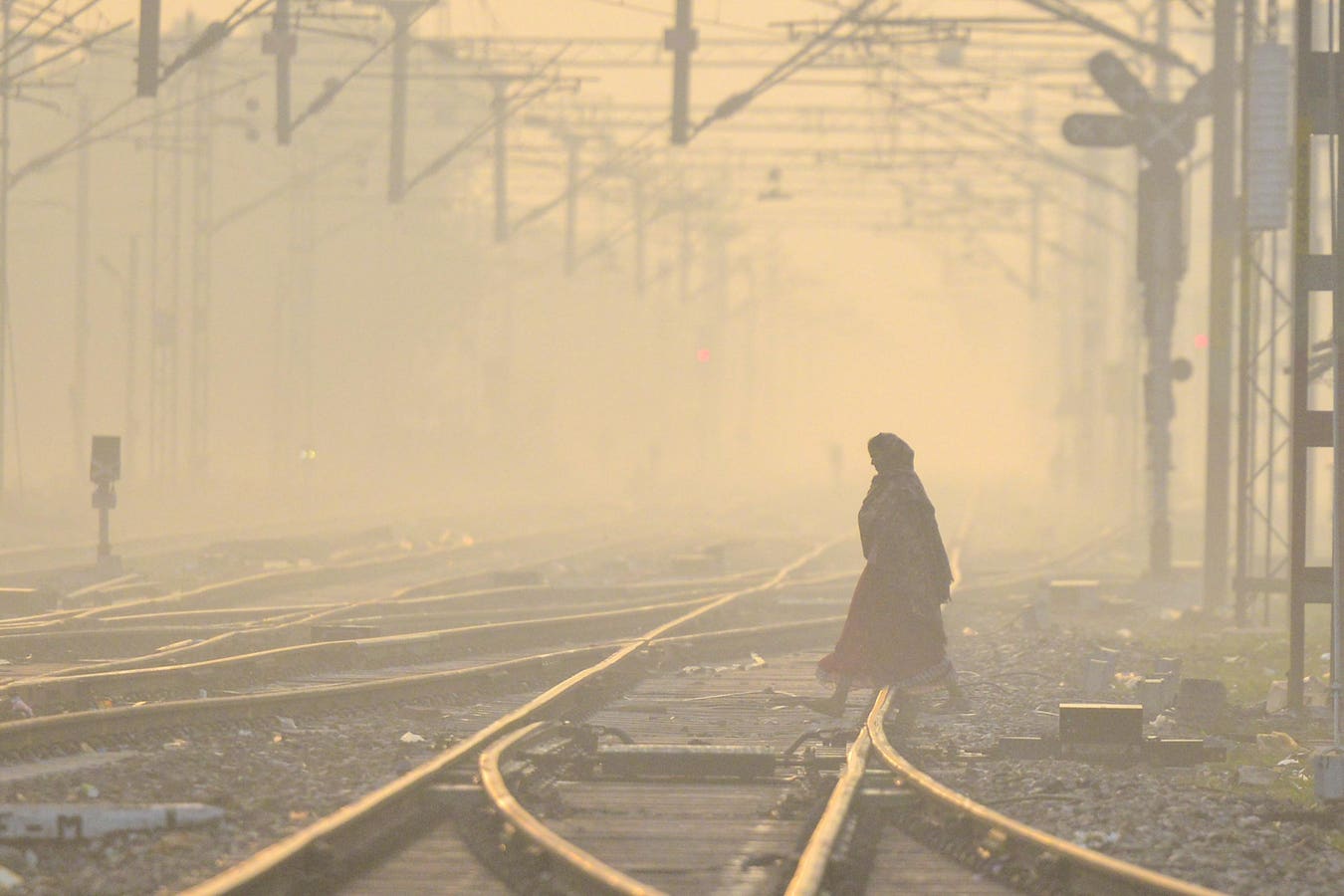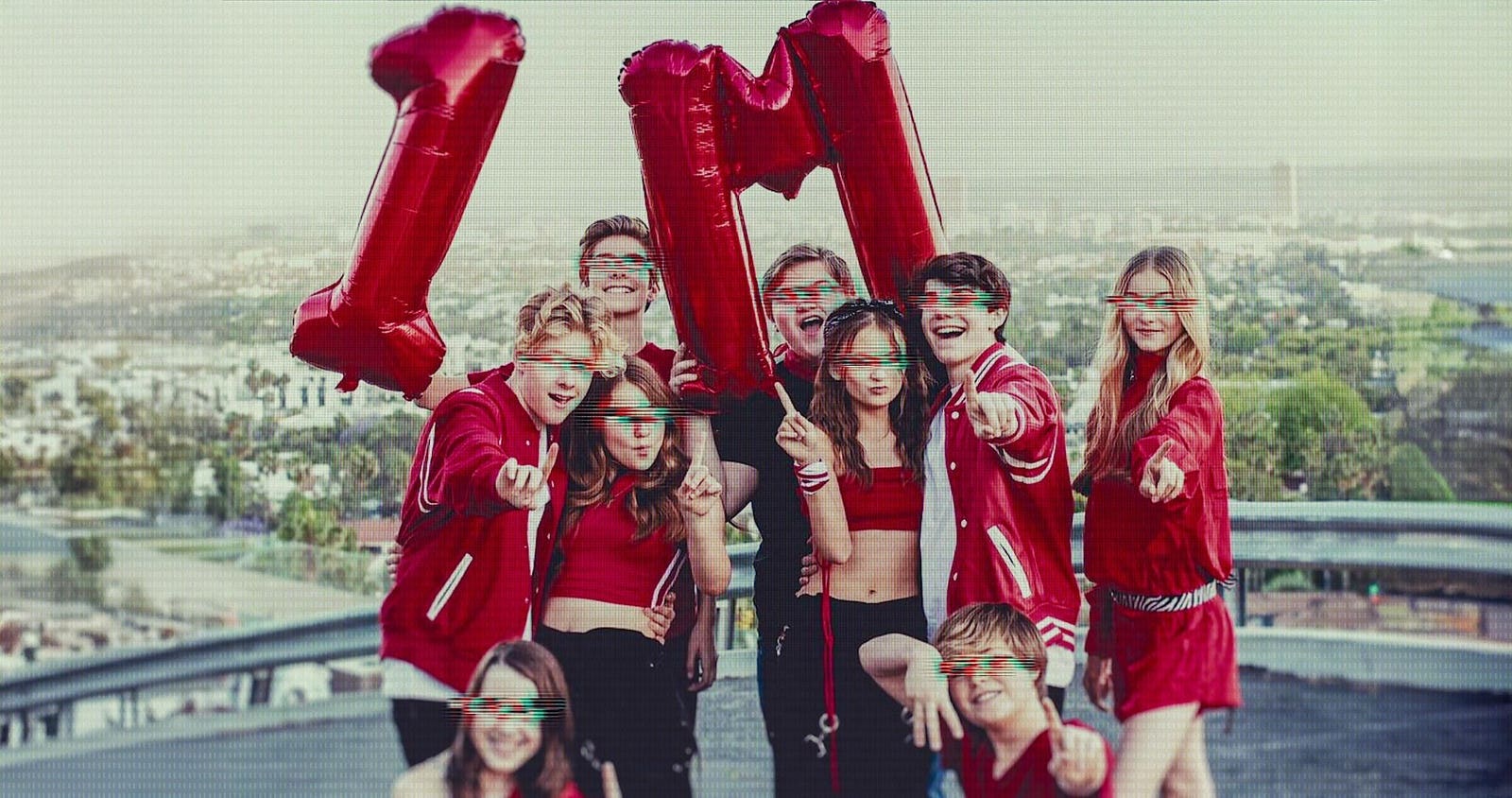Topline
Six planets will be visible in the morning sky before sunrise on Thursday, Aug. 28, but for probably the last time until 2028. Venus shines brightest in the east, flanked by Jupiter, with and Saturn in the south. Mercury clings low to the horizon, offering a final glimpse before it disappears into sunlight next week. Uranus and Neptune are also part of the line-up, though you’ll need binoculars or a telescope to complete the set.
The ‘parade’ dissolves into five planets by the end of August, but Venus and Jupiter continue to dazzle before sunrise each morning. (Artist’s impression)
getty
Key Facts
Best seen at least an hour before sunrise, the brightest members of the parade will be Venus and Jupiter in the eastern sky. They will be about 16 degrees apart, according to When The Curves Line Up.
Saturn shines low in the west-southwest before dawn, fading as sunrise nears. The moon is not in the pre-dawn sky during the parade this week.
Mercury, the smallest and hardest to find of the group, will appear just above the horizon about 45 minutes before sunrise. Find an unobstructed view toward the east for the best chance of spotting it — but be prepared for a tricky observation. Seeing the outer ice giants Uranus and Neptune requires binoculars or a telescope.
Planet-rise and planet-set times for an exact location vary, so use an online planetarium that displays that data. The following planet parade will occur in October 2028, when five planets will be visible together, again before sunrise.
Looking east 45 minutes before sunrise from mid-northern latitudes on August 28, 2025, three planet are visible, with Saturn bright in the southern sky.
Stellarium
Saturn And The ‘great Square Of Pegasus’
Look to the southwest before sunrise for Saturn, and alongside it, you’ll also notice a vast, simple shape in the sky. Four bright stars forming a neat quadrilateral, the Great Square of Pegasus anchors the constellation Pegasus, the mythical winged horse. Its corner stars — Scheat, Alpheratz, Markab and Algenib — create one of the most recognisable shapes in the night sky in late summer and early fall, which is still visible before sunrise.
The Great Square of Pegasus in the Northern Hemisphere.
getty
What’s Next In The Night Sky
September’s night sky is far from quiet after August’s planet parade. With Mercury hidden in the sun’s glare, Saturn, Jupiter and Venus take center stage to create — with Neptune and Uranus — a five-planet display. On Sept. 7, there’s a total lunar eclipse, visible from Asia, Africa and western Australia, when the full moon will turn a coppery red as it travels through Earth’s shadow. To enjoy it, find a dark spot and simply look up — no telescope required. On Sept. 19, a waning crescent moon will position itself very near Venus and Regulus in Leo, creating a striking sight. Then comes Sept. 21, when Saturn reaches opposition on the same day as a partial solar eclipse across the Pacific.








